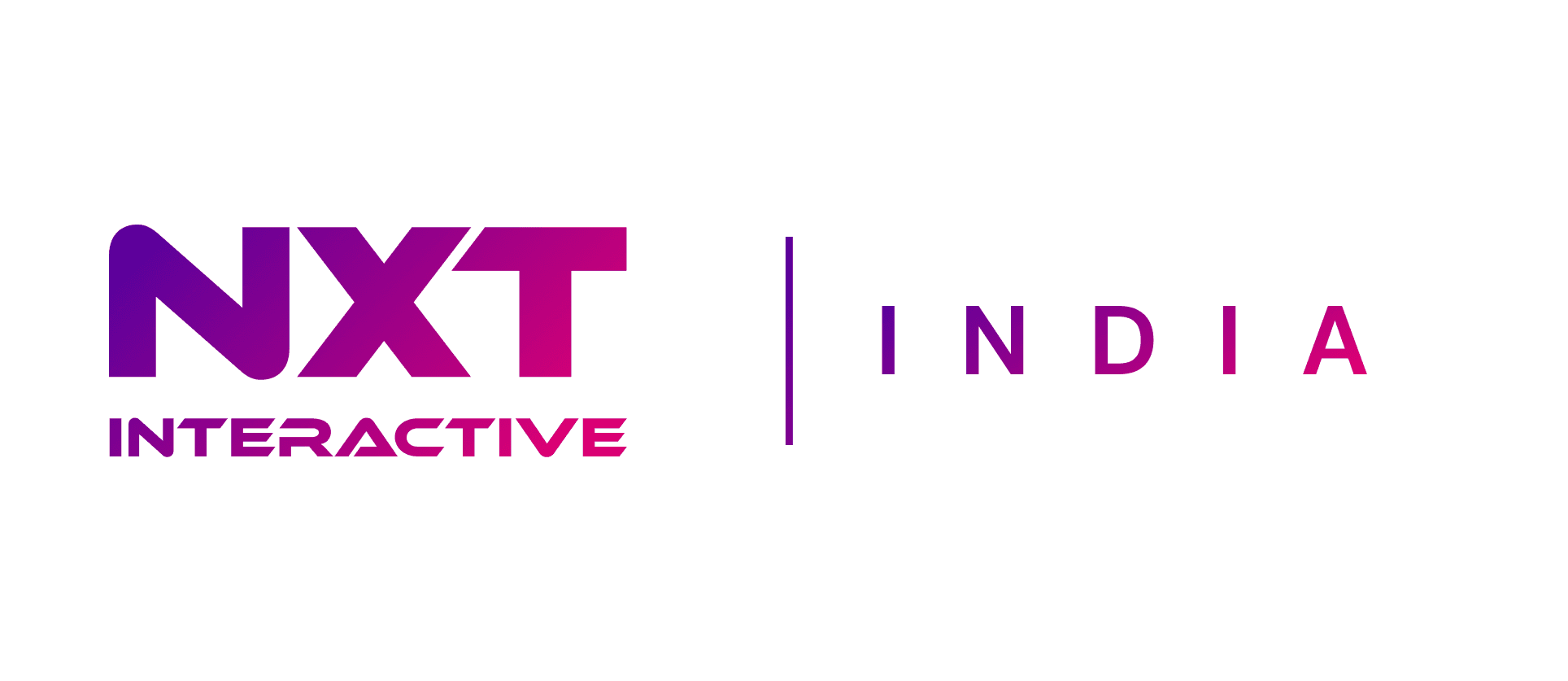Dec 22, 2023
Introduction
In the bustling metropolis of Singapore, where innovation and technology are at the forefront of progress, Mixed Reality (MR) is carving a niche for itself in the realms of training and education. This article delves into the ways in which Mixed Reality is transforming the learning landscape in Singapore, exploring its applications, success stories, and the promising future it holds for learners and educators in the Lion City.
Mixed Reality in Singapore's Educational Fabric:
Immersive Learning Experiences:
Singapore's education system, known for its commitment to excellence, is embracing MR to create immersive learning experiences. Imagine students dissecting virtual cadavers, exploring historical sites in three dimensions, or collaborating with peers in virtual laboratories. MR brings textbooks to life, allowing students to interact with complex subjects in ways never before possible.
Enhancing Technical Training:
Singapore's robust economy demands a highly skilled workforce. MR is increasingly being utilized in technical training programs, allowing professionals to hone their skills in realistic virtual environments. Industries such as healthcare, engineering, and aviation are leveraging MR to provide hands-on training without the associated risks.
Success Stories and Case Studies:
Singapore Airlines' Training with Virtual Prototypes:
In the aviation sector, Singapore Airlines has incorporated MR technology to revolutionize pilot training. Virtual prototypes and simulations enable pilots to familiarize themselves with aircraft systems and emergency procedures in a highly realistic virtual environment, contributing to enhanced safety and proficiency.
Educational Institutions Embracing MR:
Prestigious educational institutions in Singapore, such as the National University of Singapore (NUS) and Singapore Management University (SMU), are integrating MR into their curricula. Students across disciplines are benefiting from innovative learning approaches, fostering creativity, critical thinking, and practical skills.
Advantages for the Singaporean Learning Landscape:
Global Collaboration in Education:
Singapore, being a global hub, attracts students and professionals from diverse backgrounds. MR facilitates global collaboration in education by breaking down geographical barriers. Students can engage in collaborative projects and cultural exchanges, broadening their perspectives and fostering a global mindset.
Preparing the Workforce for Industry 4.0:
Singapore's Smart Nation initiative aligns with the global shift towards Industry 4.0. MR plays a pivotal role in preparing the workforce for the future by providing training in emerging technologies, fostering digital literacy, and ensuring that Singapore remains at the forefront of technological advancements.
The Future of Mixed Reality in Singaporean Education:
As Singapore continues to invest in technology and education, the future of Mixed Reality appears promising. The ongoing development of MR applications tailored to Singapore's educational needs, coupled with increasing accessibility to MR devices, will likely result in a more widespread integration of this technology across educational institutions.
Conclusion

Mixed Reality is not just a technological trend but a transformative force in Singapore's education landscape. By providing immersive learning experiences, enhancing technical training, and fostering global collaboration, MR is contributing to the development of a highly skilled and globally competitive workforce. As Singapore continues to champion innovation, the marriage of Mixed Reality and education is poised to play a pivotal role in shaping the minds of future leaders in the Lion City.





